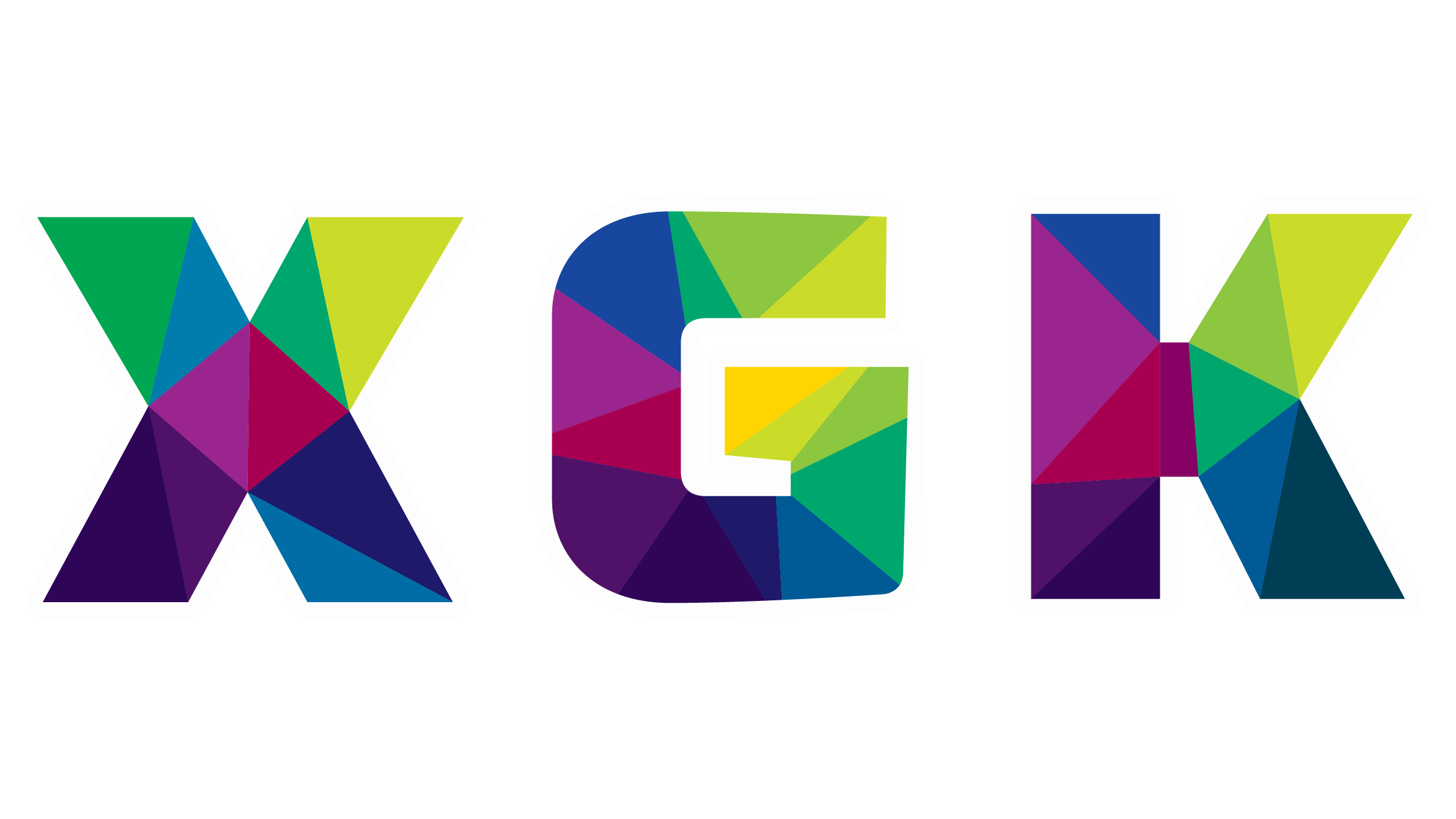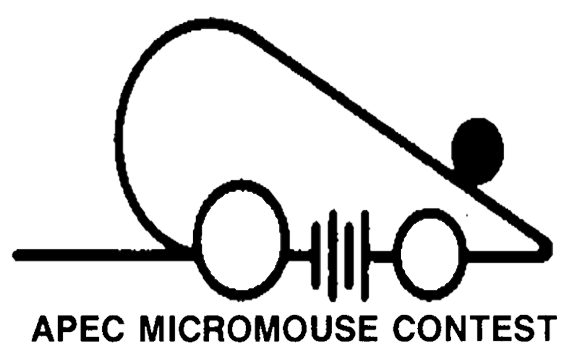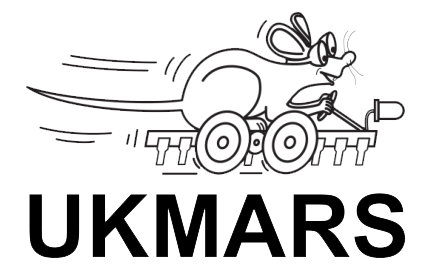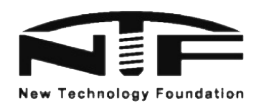 Back
Back
1.Birth of Micromouse
In 1938, Claude Elwood Shannon, an American mathematician born in Michigan state, completed his master’s thesis A Symbolic Analysis of Relay and Switching Circuits. He used the Boolean algebra that happens to correspond with the binary system of 0 and 1 to process the relay switches of information in a pulse mode. The notable work had transformed the design of digital circuits both theoretically and technologically, making it an epoch-making thesis in the modern history of digital computers.
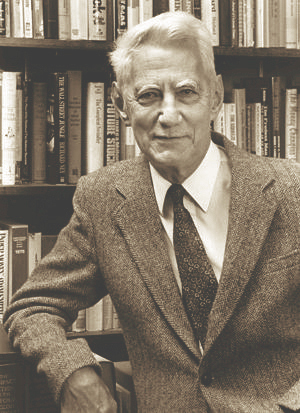
In 1948, Shannon published another famous work that is still relevant today, A Mathematical Theory of Communication, which earned him the title “Father of Information Theory”.
In 1956, Shannon attended the Dartmouth Conference and he became one of the founding fathers of the emerging discipline of artificial intelligence. He pioneered the application of artificial intelligence in computer chess and invented a mechanical mouse that could run through a maze autonomously, which proved that computers could improve their intelligence through learning.
2、Evolution of Micromouse in the World
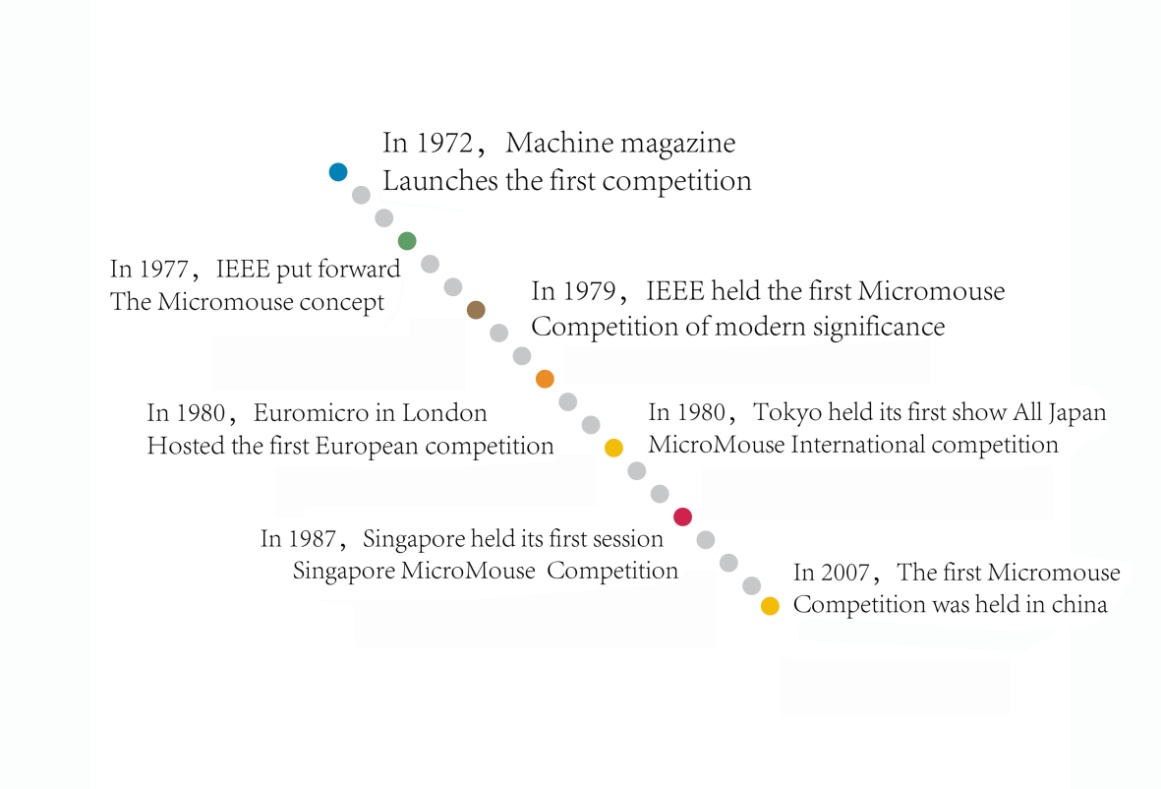
In 1972, Journal of Mechanical Design started a contest where mechanical mouse solely driven by mousetrap springs competed with other entries to see which one could cover the longest distance.
In 1977, Spectrum introduced the concept of Micromouse , which is a small robotic vehicle controlled by microprocessors and has the capabilities to decode and navigate in complex mazes.
In 1979, the initiated a Micromouse competition through its magazine (Spectrum) and it rewarded the designer of the champion Micromouse that could find a way out of the maze all on its own in the shortest possible time span with USD 1,000.
In 1980, the first All Japan Micromouse Contest was held, followed with more such events, such as UK Micromouse Competition in 1980, Singapore IES Micromouse Competition in 1987, and Micromouse Competition for College Students held by China Computer Federation (CCF) in 2007.
From 2009 to 2021, Tianjin Municipal Education Commission hosted eleven "Qicheng Cup" Micromouse competition for college students, nine for vocational college students, four for general vocational college students, and five "Qicheng Cup" China International Micromouse Invitational Competition.

3.Micromouse competitions around the world
The Standard International Micromouse competition has been popular in the world for more than 40 years. Since its inception, there are high-level Micromouse competitions held in the world. At present, this competition is quite popular in the United States, UK, Japan, South Korea, Singapore, China and other countries and regions.
Micromouse is a micro, intelligent mobile device (or embedded microrobot) composed of embedded microcontrollers, sensors and electromechanical moving parts. Micromouse can reach the predetermined destination fast by automatically memorizing all the routes in various mazes and selecting the optimal path out with the aid of suitable algorithms.
Micromouse competition is a multi-disciplinary, multi technology fusion, mainly involving electronic information, programming, mechanical engineering, automatic control, artificial intelligence, sensing and testing technology and many other technical knowledge. The process of R & D, design and production of Micromouse has fully exercised the students' spirit of "innovation, creativity and creativity". With the students' independent exploration and hands-on operation as the core, the students' scientific exploration ability and problem-solving ability are cultivated. It is emphasized that on the basis of mastering engineering technology knowledge, the students' design ability, cooperation ability, hands-on practice ability, problem-solving ability and innovation ability are cultivated. Encourage students to have creative thinking, critical thinking and practical spirit, stimulate the passion of innovation. Only by cultivating the will and ability of lifelong learning, can we adapt to the future changes, constantly enrich our ability structure, and form the ability to solve all problems systematically.
The past four decades have witnessed the great evolution of Micromouse from the mechanical mouse in 1972 to Micromouse nowadays. The competitions now feature wider participation at all education levels from around the globe. When the competitions were first launched, only graduate students from world-renowned colleges and universities such as Harvard and MIT were able to participate. Later on, students from research universities, universities of applied sciences and vocational schools could compete as well. And nowadays even primary and middle school students may take part in Micromouse competitions.
Micromouse competitions in various forms are flourishing across the world. Now they have grown into global innovation events that are applicable to students at different education levels.

At present, the Micromouse competition has really become an international innovative student competition applied to different stages of education. International competitions are held almost every month around the world.
In January, the International Micromouse Competition was held in Bombay, India.
In March, the APEC International Micromouse Competition was held in California, U.S.
In April, the International Micromouse Competition was held in Gondomar, Portugal.
In May, the Micromouse International Invitational Competition was held in Tianjin, China.
In June, the International Micromouse Competition was held in London, UK.
In August,the International Micromouse Competition was held in Chile.
In October, the International Micromouse Competition was held in Egypt.
In November, All Japan Micromouse Contest was held in Tokyo,Japan.
Micromouse Competition Going Popular in the World.
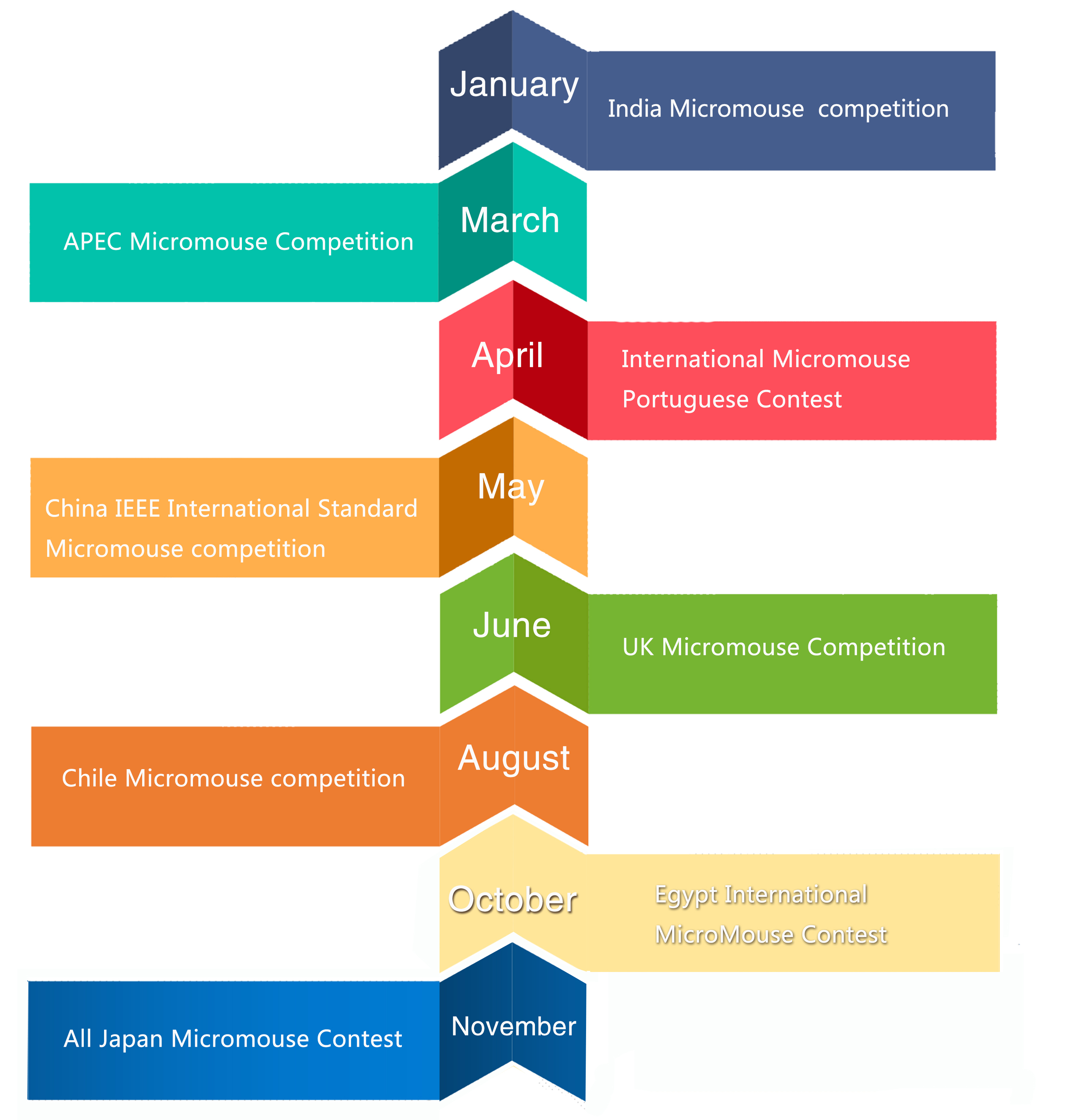
The International Micromouse Competition will become a booster of global higher education, vocational education, general education and technological innovation and integrated development of production and education. With the rapid development of artificial intelligence Micromouse competition, the education field timely introduced international well-known competitions to improve students' professional comprehensive ability, master the experience of practice and innovation, and help the integrated development of industry and education, and cultivate more excellent seed talents for the industry, profession and enterprise.


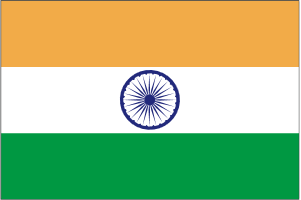 India
India 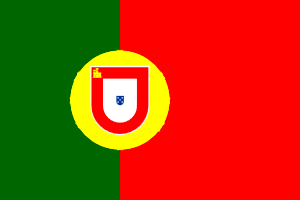 Portugal
Portugal 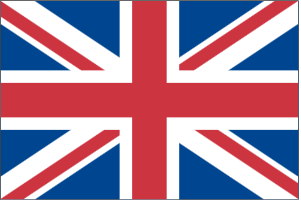 UK
UK 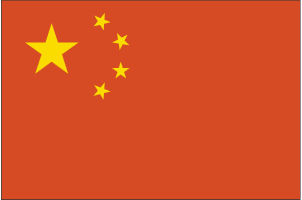 China
China 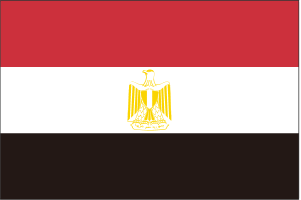 Egypt
Egypt 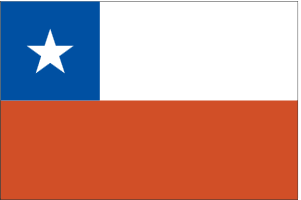 Chile
Chile 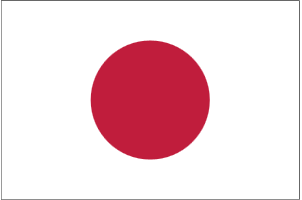 Japan
Japan 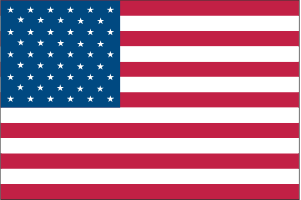 USA
USA 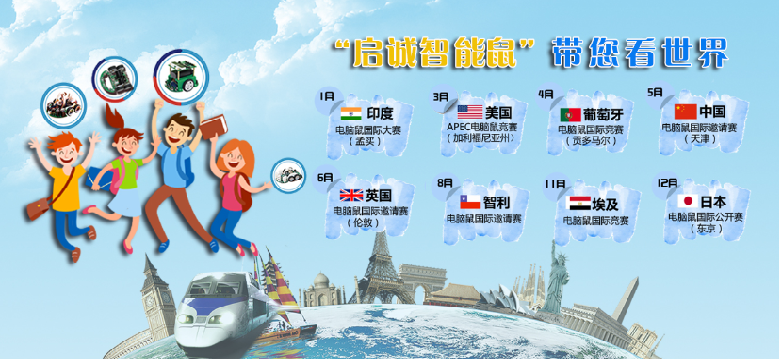 History
History

